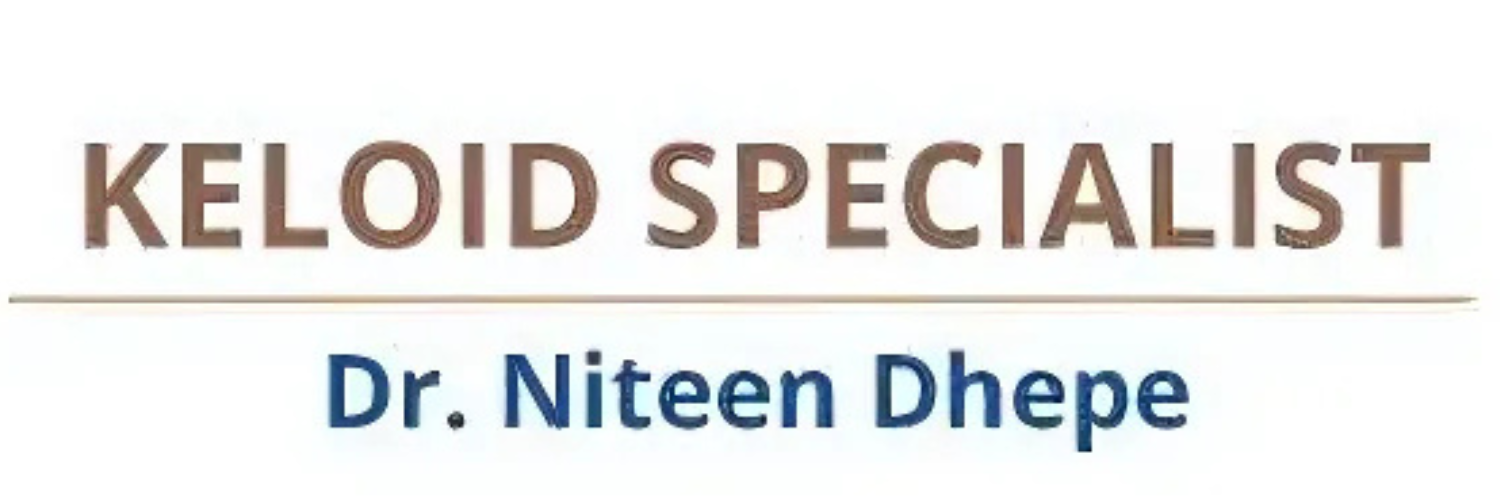Keloids are more than just scars—they are overgrown, raised masses of collagen that form when the skin’s healing process goes into overdrive. For years, treatment options were limited, often leading to disappointing results or recurrence. But advances in laser technology, especially with devices like the Ultrapulse SCAAR FX, have changed the game. Let’s explore the science that makes laser treatment a powerful tool in the fight against keloids.
Understanding Keloid Formation
When the skin is injured—through acne, burns, surgery, or even piercings—fibroblast cells work to produce collagen and repair the damage. In keloid-prone individuals, fibroblasts don’t know when to stop. They keep producing excess collagen, creating a thick, raised scar that can extend beyond the original injury site.
This excess collagen is often disorganized and dense, making the keloid hard, itchy, and sometimes painful. The goal of treatment is to reduce this “bad collagen” and encourage the growth of healthy, organized collagen.
How Laser Treatment Works
Fractional CO₂ lasers, such as the Ultrapulse SCAAR FX, deliver precise, high-energy light beams into the keloid. These beams create microscopic columns of controlled injury within the scar tissue, which:
- Melt Bad Collagen – The heat from the laser breaks down the dense, disorganized collagen fibers.
- Stimulate Good Collagen – The controlled injury triggers the body’s natural healing process, producing smoother, more elastic collagen.
- Improve Texture and Color – Over time, the treated area becomes flatter, softer, and closer in color to surrounding skin.
Because the laser works in tiny fractions, much of the surrounding skin is left untouched, allowing faster healing and reducing downtime.
Why Ultrapulse SCAAR FX is Unique
Not all CO₂ lasers are the same. The Ultrapulse SCAAR FX delivers energy in microseconds (millionths of a second), allowing deeper penetration without overheating or damaging nearby tissue. This deep, precise action is essential for treating thick keloids effectively while minimizing the risk of side effects.
Combination Therapy for Best Results
Laser treatment alone can significantly improve keloids, but combining it with other therapies enhances results. At SkinCity, we use the Safe Combination Protocol, which may include:
- Keloid chemotherapy agents (e.g., 5-FU, methotrexate, bleomycin) applied immediately after laser to penetrate deeply.
- Silicone therapy to maintain flatness and softness post-treatment.
- Trigger factor management to prevent recurrence, such as laser hair removal for beard-area keloids.
This multi-pronged approach not only improves the keloid’s appearance but also reduces the chances of it returning.
What Patients Can Expect
Most patients notice improvement in texture, thickness, and symptoms within a few sessions. Pain and itching often decrease early in the process. With each treatment, the keloid becomes flatter and blends more naturally with surrounding skin.
Final Word
Laser technology, especially with advanced devices like Ultrapulse SCAAR FX, has transformed keloid treatment from frustrating to highly effective. By targeting the root cause—excess, disorganized collagen—lasers offer lasting improvement and renewed confidence.

